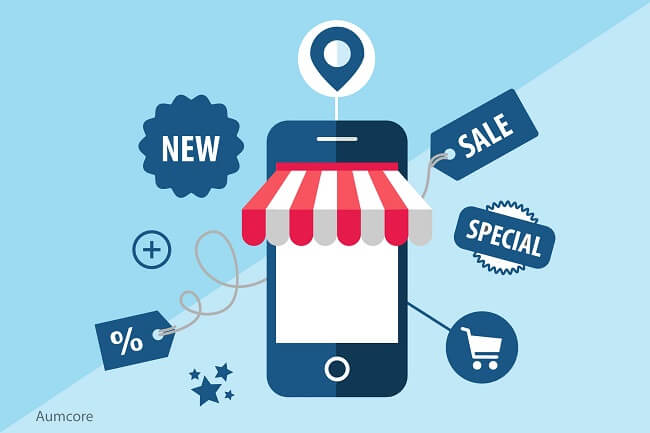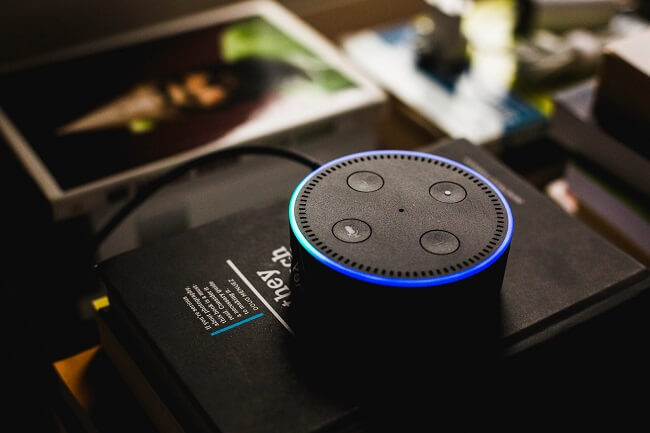Essentially, neuromarketing in consumer behavior is designing your content, website, or forms of marketing to elicit particular neurological reactions associated with emotions linked to buying. Using neuromarketing techniques, you can rethink your strategies and create smarter marketing campaigns that will boost the effectiveness of your overall efforts. The goal of a neuromarketing marketing strategy is to understand how your customer’s brain actually works and what affects your marketing will have on the population of consumers. When it comes to answering the question, how is neuromarketing being used in the current marketplace, there is one important place to start.
Differences Between Neuromarketing and Traditional Marketing

So, why is neuromarketing important to marketers? Well it has a number of advantages over traditional marketing strategies and there has been a significant amount of neuromarketing research undertaken in order to best understand this new approach to customer targeting. Essentially, neuromarketing can help you:
Discover New Viewpoints: Marketers and creatives thrive on fresh ideas and neuromarketing can provide these in abundance. With a very different perspective to traditional research; neuromarketing research can focus on far more granular recommendations. These can include insights into how to design imagery to capture attention, how to edit an ad to make key information memorable, and the exact elements of design that will drive emotional engagement.
Uncover Unconscious Responses: We will go through a wide variety of emotions on a daily basis, some will be fleeting, others may linger for longer. However, these feelings and emotions can influence our behaviour in regards to shopping. Neuromarketing methods can uncover the triggers to these emotional responses in a way that just asking questions can’t. A neuromarketing questionnaire can help you to find these unconscious responses and allow you to tailor your campaigns more effectively.
Scalability: Neuromarketing offers techniques that companies can scale up easily, often moving into wider markets and even internationally. Due to a neuromarketing approach having comparable methods that can easily be transferred and applied into different places, it is likely that you will gain comparable results due to the level of research and the significance of the results it can throw up.
The Significance Of Neuromarketing On Consumer Behavior

Since emotions are strong mediators of how consumers process messages, understanding and modeling cognitive responses to selling messages has always been a methodological challenge. Marketers are just awakening to the possibilities offered by unveiling the brain circuits involved in seeking, choosing, and buying a product. The brain is responsible for all our consumer behaviors. Neuromarketing can help you find out how to identify target audience triggers and then successfully incorporate them into your marketing strategies and allow you to better craft your advertisements across all channels.
How Businesses Use Neuromarketing Effectively
In this case, it might be useful to take a look at some neuromarketing examples regarding what companies use neuromarketing and how they are using it to generate great rewards. Some of these examples to take inspiration from include:
End: As a clothing retailer, End uses the effect of FOMO (Fear of Missing Out) to generate buzz and intrigue around their products. By offering limited edition products with a countdown clock for the release time, they can begin to build anticipation and excitement surrounding specific products and drive increased awareness that leads to future conversions.
AirBNB: AirBNB understands that people are motivated more by the emotional value of something. To make the impact of one of their campaigns even stronger, they created a video of one of their hosts following the emotional story of one of their hosts conveying how Airbnb helped her survive the financial crunch and personal tragedy. The video received hundreds of thousands of views and saw AirBNB manage to connect with potential users on a much deeper, more intimate level.
Charmin: Humor is one psychological element in marketing that always works. If you can make someone laugh you will instantly become more memorable and recognizable, especially in relation to Millennials and Generation Z customers. Charmin achieves this difficult task through using puns and jokes in its Twitter posts as a way to make themselves more relatable as well as stand out from the herd.
Final Thoughts
Marketers are always looking for any advantage over the competition and involving neurological research into current campaigns is one way they have found to do this. Understanding the most basic elements of human emotions can be vital when it comes to comprehending a purchasing behavior and then leveraging that information. The beauty of neuromarketing is its ability to integrate into both your outbound and inbound marketing strategies as a way to gain the upper hand on your competition, no matter what field or industry you may be a part of.





Tell us your thoughts in the comments